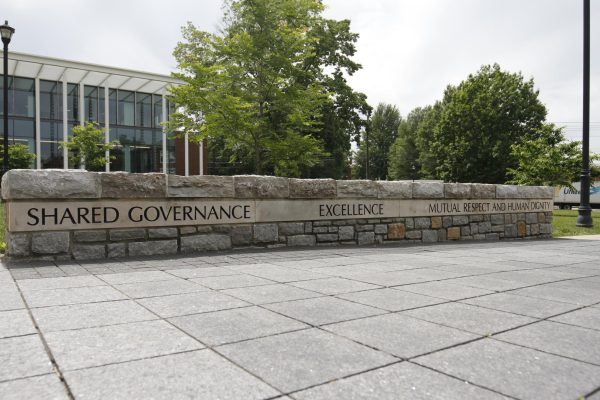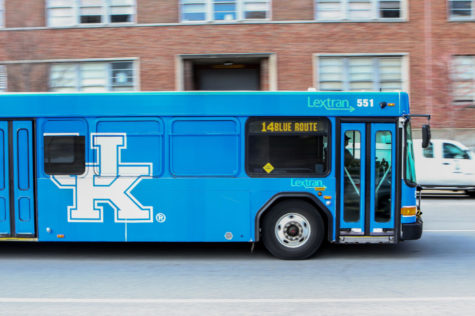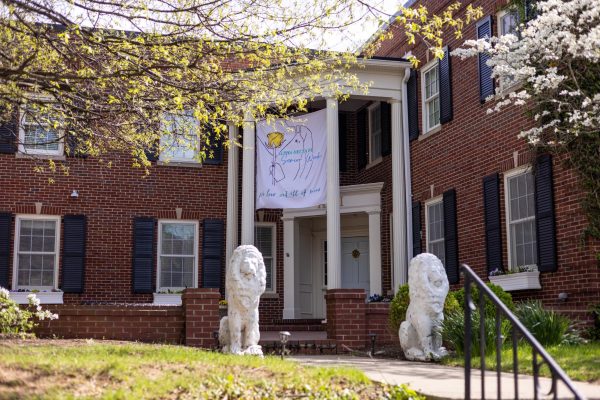Reported plagiarism on the rise

January 25, 2010
Plagiarism is on the rise at UK, and the ease and availability of Internet sources may be a factor in the problem, said Academic Ombud Lee Edgerton.
Living in the Information Age has blurred the line between public domain and individual thought, he said.
“We are all bombarded with tons of information,†Edgerton said. “It takes an added effort — working diligently — to avoid plagiarizing.â€
Plagiarism can be as blatant as turning in someone else’s paper, or as subtle as neglecting to cite or improperly citing sources, said Deborah Kirkman, assistant director of the Division of Writing, Rhetoric and Digital Media with UK’s Writing Program.
The increase in plagiarism may not be a rise in the number of students plagiarizing work, but an increase of reports to the ombud’s office, Kirkman said.
“(A few years ago) there was a single penalty for plagiarism — intentional, unintentional … whether it’s a paragraph, whether it’s a paper bought from a paper mill or lifted from a fraternity file … that was an automatic ‘E’ in the course that could not be removed with a retake option,†she said.
Kirkman said this policy struck some as too harsh, and left some professors hesitant to report offenses, particularly those involving freshmen enrolled in classes teaching correct researching, writing and citing.
But writing-related courses are not the only ones affected by plagiarism offenses.
“I think surprisingly, the greatest problems are related to programs that have laboratory courses where students are writing frequent reports,†Edgerton said.
Students sometimes use other lab reports to get a sense of the appropriate format and then take materials from those to fit into their own, he said.
Because of the Internet, the same technology that helps students plagiarize also helps catch the more blatant plagiarizers.
Professors of lab courses collect assignments using the SafeAssign application of BlackBoard, said Allison Soult, academic coordinator for the Chemistry Department.
“It’s able to compare Student A’s report to Student B’s report in the current semester,†Soult said.
SafeAssign also looks at five years of papers that Soult has on file, she said.
Before a teacher accuses a student of plagiarizing, he or she must be 100 percent sure of the offense, said Thomas Clayton, English department chair.
The professor will then meet with the student and give them a chance to respond to the charges.
In instances where a student has plagiarized by messing up a citation after appropriately documenting most sources, sometimes the charges will go no further.
“This is really a learning opportunity,†Edgerton said. “This is a time when (a professor) should be helping the student learn rather than be charging them with an academic offense.â€
If the charges continue however, the student and academic ombud are formally notified. Edgerton said it is his job to inform students of their right to appeal charges.
Only the most blatant cases of plagiarism are given an “XE†grade, meaning the student failed the course because of an academic offense, Edgerton said.
Those grades stay on a student’s record.
Edgerton said the most important thing is for students to learn their lesson when it comes to citing sources, so they can avoid these mistakes after college.
“(After college) the penalty is not a zero on the assignment,†Edgerton said. “It’s being fired from your job and creating significant embarrassment for you and your company.â€



















































































































































